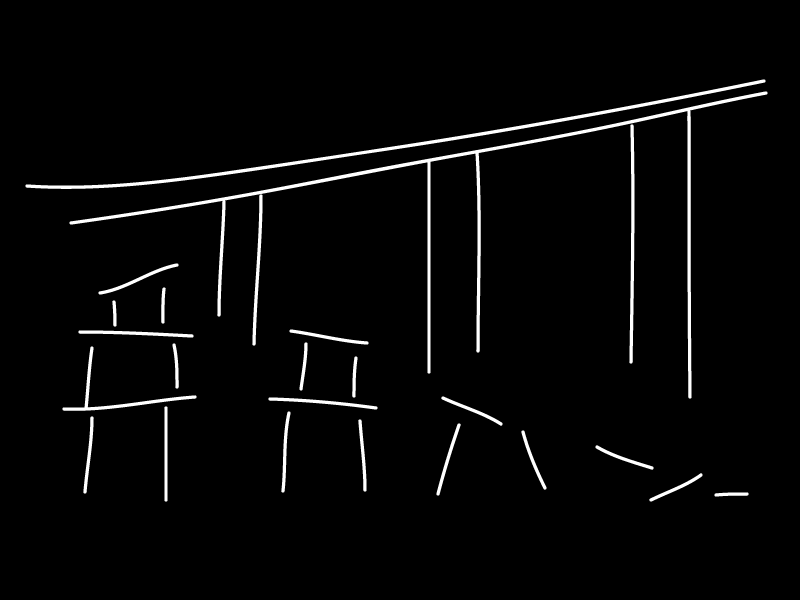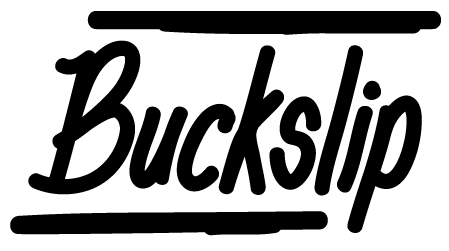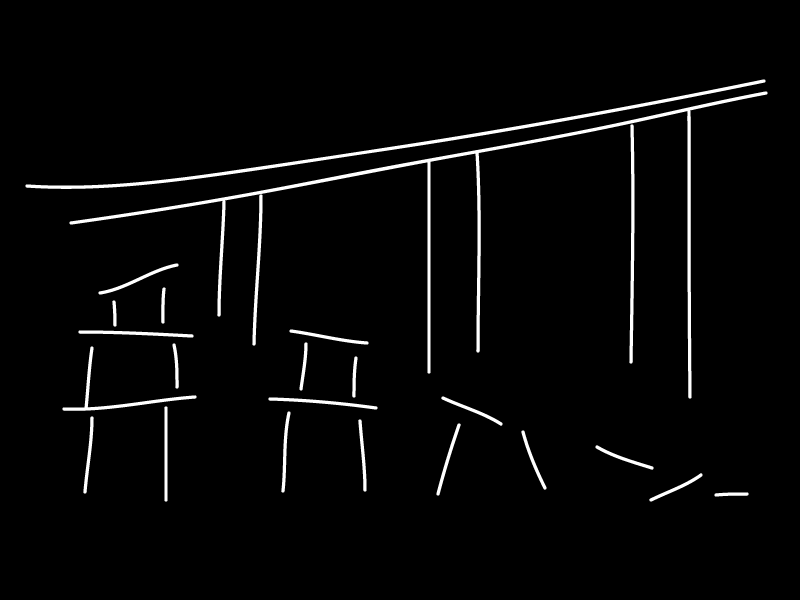Verbatim
It’s been another horrific week in medialand, with massive layoffs at the likes of HuffPo and BuzzFeed that we wish we could call unprecedented but are utterly precedented. Here we sit in the ashes, wondering where’s left to pivot towards. Jill Lepore’s eerily well-timed New Yorker feature, “Does Journalism Have a Future?” carefully (and, being Lepore, gracefully) sets up the context for this carnage. What we found refreshing about this piece – which takes a consideration of former NYT ed Jill Abramson’s rightly-maligned-but-still-valuable new memoir as its hook – is mostly that it isn’t generationally dismissive. Lepore takes the digital outlets as a disruptive given, but places their stories within the broader historical context of what journalism has meant, could mean, and should mean. She also doesn’t romanticize the old guard, who get their fair share of the blame, particularly as she depicts their frenzied addiction to Trump and ideologically banal op eds. Whether or not this gets as much Twitter traction as sassing on Abramson does, it’s worth the time of anybody who cares.
The numbers mask an uglier story. In the past half century, and especially in the past two decades, journalism itself—the way news is covered, reported, written, and edited—has changed, including in ways that have made possible the rise of fake news, and not only because of mergers and acquisitions, and corporate ownership, and job losses, and Google Search, and Facebook and BuzzFeed. There’s no shortage of amazing journalists at work, clear-eyed and courageous, broad-minded and brilliant, and no end of fascinating innovation in matters of form, especially in visual storytelling. Still, journalism, as a field, is as addled as an addict, gaunt, wasted, and twitchy, its pockets as empty as its nights are sleepless. It’s faster than it used to be, so fast. It’s also edgier, and needier, and angrier. It wants and it wants and it wants. But what does it need?

ThingsIn that same New Yorker issue, a gorgeous throwback to the old way of doing things, as the great Robert Caro – racing against the ticking clock of his own mortality – tries to communicate something of the importance of noticing, of going slow, of turning every page. For somebody so meticulous and careful in his writing and his research (particularly his still-unfinished life’s work on Lyndon Johnson), there’s something quietly beautiful about this raw, fragmented outpouring of thoughts on what it is to do a good job over the span of a lifetime.
And look, there are still good journalists at work. The art of great reporting on unglamorous and difficult topics is still alive. As a follow-up to last week’s grouching about what’s broken in Toronto, Nick Hune-Brown’s long Toronto Life feature on our city’s homelessness crisis is everything we long for there still to be a place and funding for (well, secondary of course to funding for the crisis at hand, and for that to be a topic that doesn’t need to be written about). This paragraph, in particular, has been lingering all week:
“A homelessness crisis is not like a forest fire or a tornado—a disaster with a clear starting point and a logical solution. It’s closer to climate change, a gradual accretion of conditions that becomes a catastrophe before anyone is willing to acknowledge it.”
Canada released its new Food Guide this week, and it’s more fascinating than you’d think. Food pyramids and the like – the sort that have defined how everything from hospital meals to school lunches to Meals on Wheels funding have worked for decades, all over the world – are bastardised, imperfect things, a product of industry lobbying and backroom deals as much as they are of good nutrition science. Every time we link to an article about obesity or food security, it’s a given that these broken guides and the politics and economics around them come up. But for this one, the Canadian government has tried something different, as all those responsible for the report were kept safe behind a DMZ, away from lobbyist influence. It is, its makers claim, a scientifically pure guide to what it is to eat well, and it is radically simple (and no doubt problematic in ways we haven’t really absorbed yet) – almost Michael Pollan’s “not too much, mostly plants” mantra in manual form. Of course, initial reaction has been a lot of “that’s great, but poor people can’t afford tofu”. But we think guides like this should be idealistic, and if based in good science, they should be seen as a provocation, not pipe dream: “that’s great, but if this is eating well, how do we build the systems that allow everybody to eat this way, and to enjoy it?”
You won’t find buttered coffee in the food guide, but you should definitely read Rachel Monroe’s fantastically weird Men’s Health profile of Dave Asprey, the biohacker behind the Bulletproof (TM) madness, “either a visionary willing to explore bold new frontiers or a huckster who overstates the results of mouse studies.”

Kenji Lopez-Alt with a great piece of both-sides historical food journalism on the big question: is MSG ever bad for you, or is being afraid of it just something that comes from inbuilt and systemic racism? (Spoiler: it can be either!)
Want an oral history of LiveJournal? Yeah you do.
California Sunday holds a series of interviews with a bunch of Silicon Valley workers who are, in various ways, trying to crowbar progressive politics and ethics into their toxic culture. This is a strange piece, which feels like it was going for inspirational optimism but lands in a bit of a realistically flat place its own subhead calls “sometimes pointed, sometimes resigned.” Meanwhile, New York mag’s Intelligencer ponders whether it’s time to regulate influencers. Where would we get our Fyre documentaries to hatewatch then?
Until regulation is put into place, maybe each child influencer could be assigned a parent to call them home. Maybe Lil Tay’s retreat to Canada will give her time to reflect on her crazy ride through meme-land and—like Earl Sweatshirt from Samoa—return with a unique voice.

As you wait for Astra Taylor’s new documentary What is Democracy? get psyched by reading her complementary piece and this review (both in her home publication The Baffler) and listening to her on Benjamin Walker’s Theory of Everything. Our system is not in crisis, our system is a crisis.
A good takedown of the lie of “brand purpose” driving so much of today’s marketing at Fast Company. “Right now, purpose is often left in the hands of ad agencies. Every second brief begins, “In a world where everybody is increasingly polarized, at least they can come together over [insert client’s product here].” It would be better to set the senior management an exam question: What is this company’s commonwealth, and how do we help it to prosper?”
One brand whose purpose has always been clear is ubiquitous Japanese zipper manufacturer YKK – look at your crotch right now and we’d bet there’s a good chance you’ll see those three letters looking right back at you. We enjoyed this history of the company in Michelle Delgado’s great email “Scavenger”, which she devotes to “weirdo history with an affection for the mundane.”

Rest in peace Jonas Mekas, forever 27, forever in your “fuck you” period. May we all be so.
It's never been a better time to share Buckslip with a friend.





